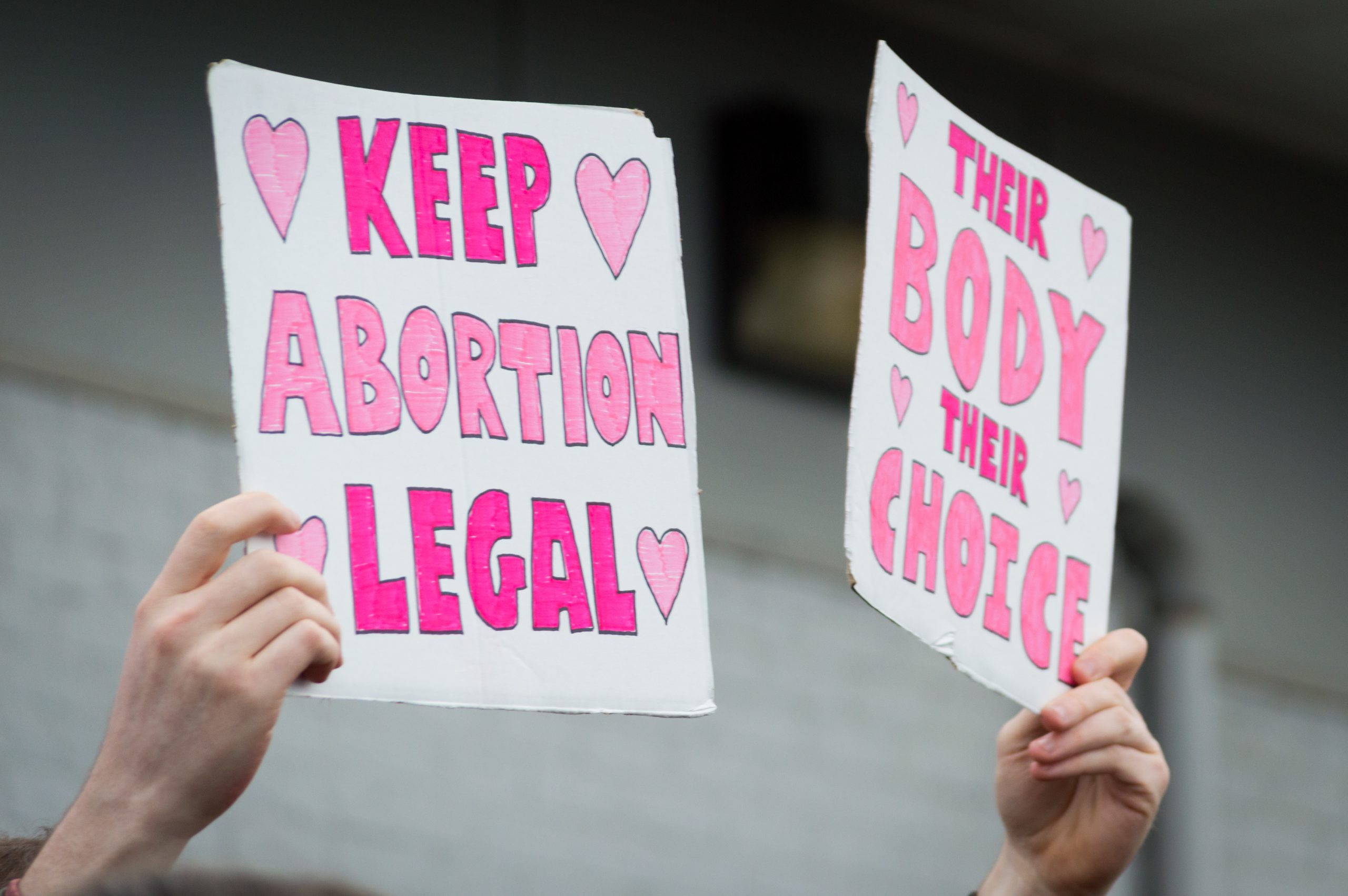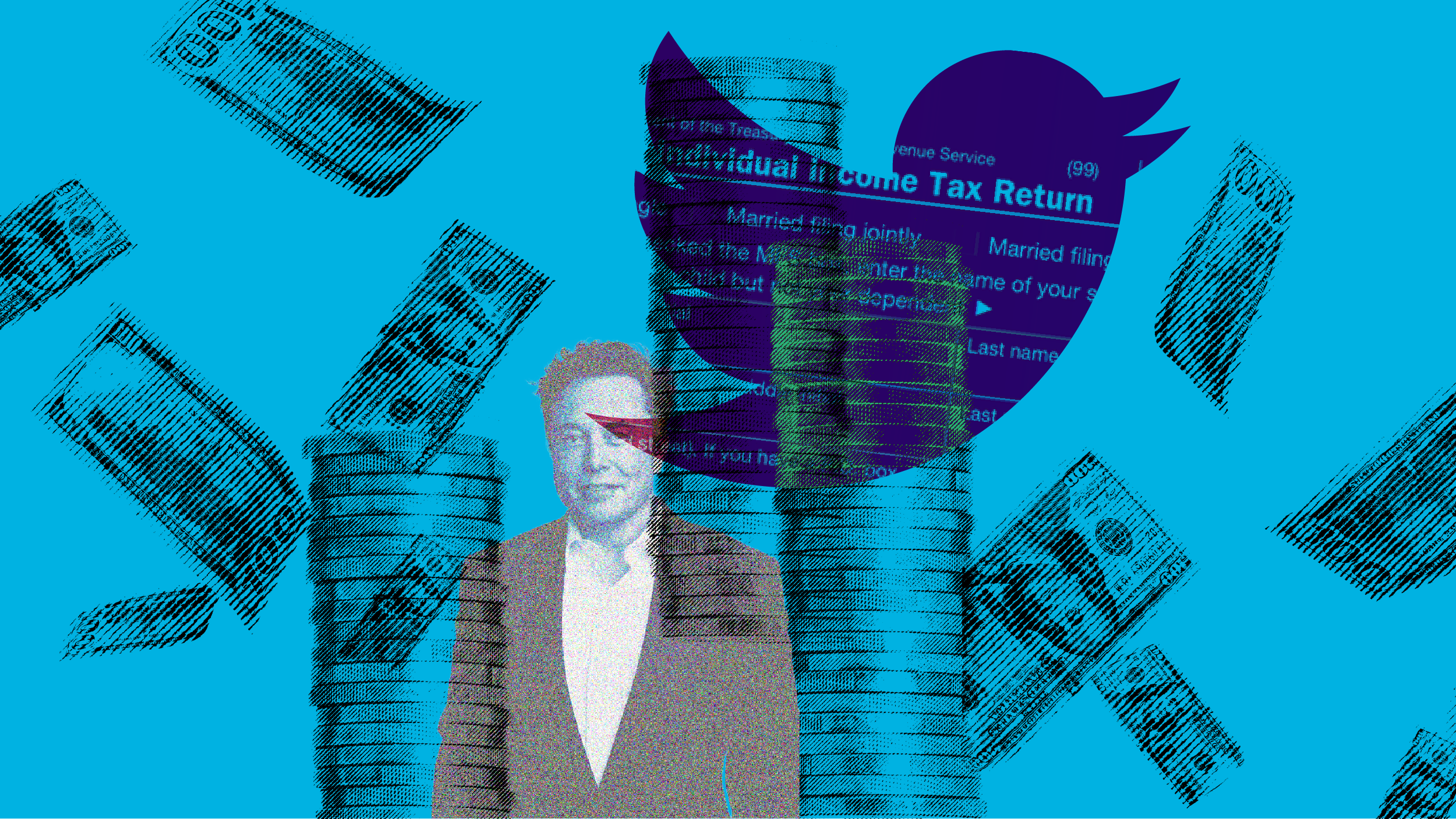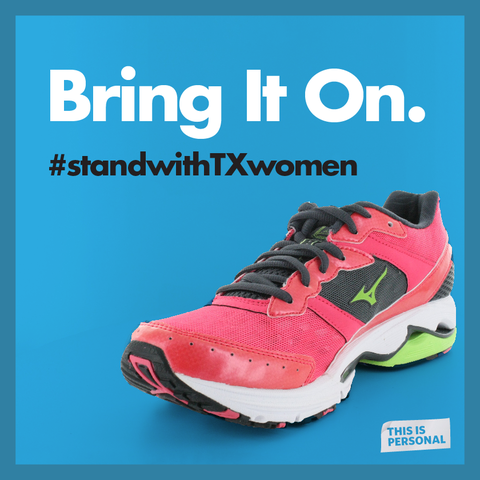Abortion rights, women of color, and LGBTQI+ people are under attack. Pledge to join us in fighting for gender justice.
Poverty — Just Another Part of Being a Millennial Woman
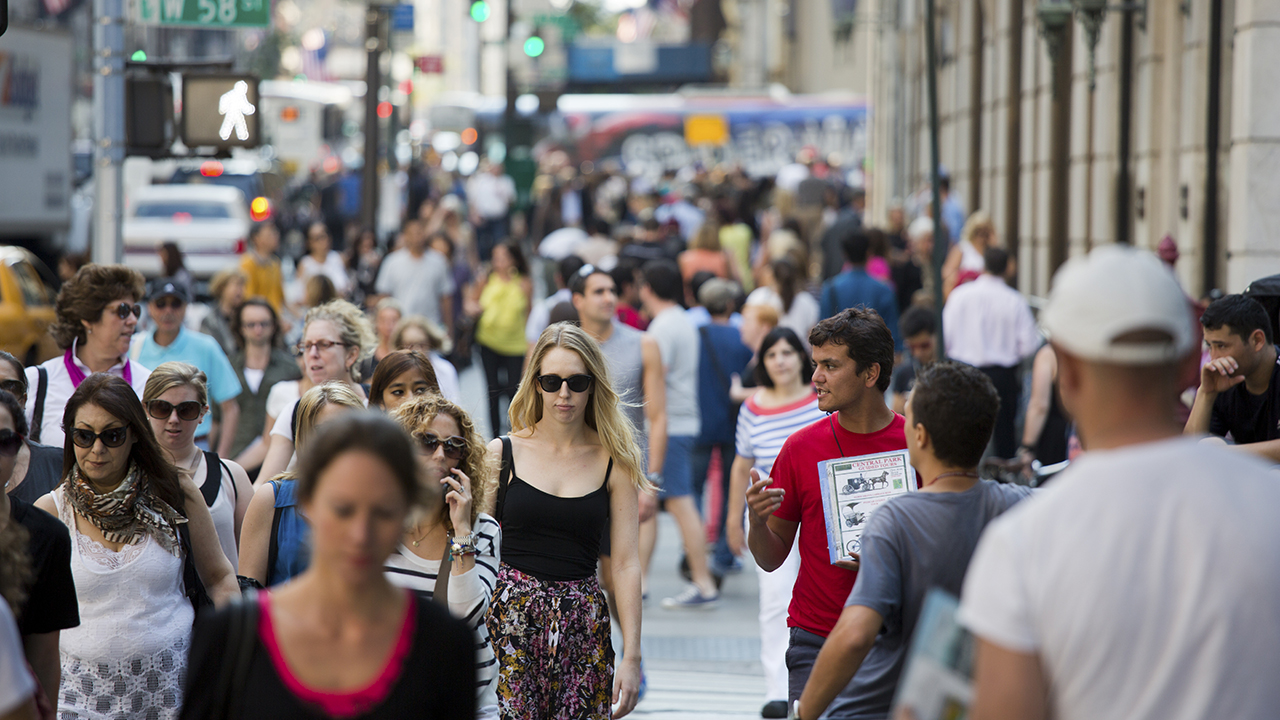
Do an image search of the word “millennials” and what comes up might leave you with the impression that this generation spends most of its time taking selfies and eating pizza – sometimes taking selfies while eating pizza – carrying no less than one smart phone and one tablet (or two) at all times, smiling their way through life in packs of three or more. Despite navigating adulthood during the worst economic recession since the Great Depression and contending with the highest rates of unemployment in several generations, the millennials seen in stock photos don’t really seem to be worried about anything, much less money or economic security.
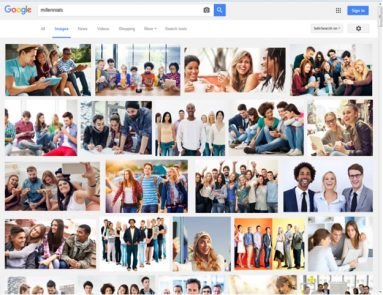
But the numbers from this year’s Census provide a very different narrative of the lives of many millennials, including millennial women and especially millennial women of color.
Eighteen percent of millennial women (ages 18-35) live in poverty – double the rate of millennial men.
More than half of these poor women are mothers and they are almost five times more likely to live in single female-headed households than millennial women overall. Data show that millennial women have the highest rates of poverty than any other adult age group. It also shows that millennial women of color are much more likely to live in poverty than white, non-Hispanic millennial men.
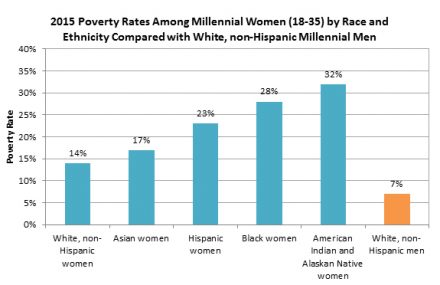
This is despite the fact that many millennial women are college educated. About 40 percent of millennial women of color living in poverty went to college, and 16 percent have an Associate’s Degree or higher. These high poverty rates make rising college tuition and high levels of student debt an especially pressing concern for millennials, adding another barrier for millennials living in poverty to get ahead.
Even though millennial women are more educated than millennial men, the wage gap still persists.
Forty percent of millennial women have college degrees compared with 32 percent of millennial men. Yet, millennial women make only 75 cents for every dollar made by their male counterparts–which means they lose $10,000 in income each year to the wage gap. Assuming that gap remains the same over a 40-year career, millennial women can expect to lose $400,000 over a lifetime.
Similar to other generations, millennial women of color face an even worse wage gap. Black millennial women make 68 cents, American Indian and Alaskan Native millennial women make 63 cents, and Latina millennial women make 60 cents for every dollar made by white, non-Hispanic men in the same age group. Millennial women of color will lose more than half a million dollars over a 40-year career to the wage gap.
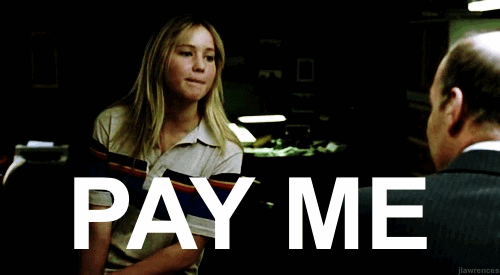
For millennial women, access to reproductive health care is important, but many don’t have the access they need.
The overall uninsurance rate fell to a record low this year. However, about a quarter of millennial women in poverty do not have health insurance coverage, which means they do not have access to covered preventive services, such as birth control or well woman exams.
Millennial women in poverty also have difficulty accessing abortion care. Forty-three percent of millennial women living in poverty rely on Medicaid for health coverage. However, the Hyde amendment denies health coverage of abortion to individuals enrolled in Medicaid, with very narrow exceptions for rape or incest or when the woman’s life is in danger. This essentially prevents these low-income women from accessing abortion.
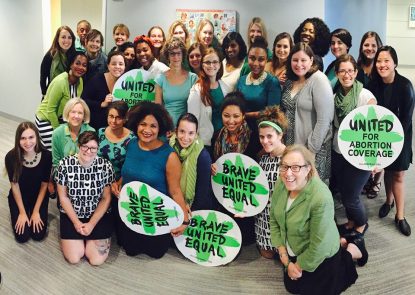
Millennial women don’t fit into one narrative.
Stock photos of millennials and popular news articles about this generation paint a picture of a homogeneous group of carefree, parent-loving praise hounds, who ride hover boards at work and don’t understand fax machines or office hierarchies. But the reality for millennial women, especially millennial women of color, is complicated by higher rates of poverty than millennial men, wage inequality despite gains in education attainment, and barriers to essential reproductive health care.



